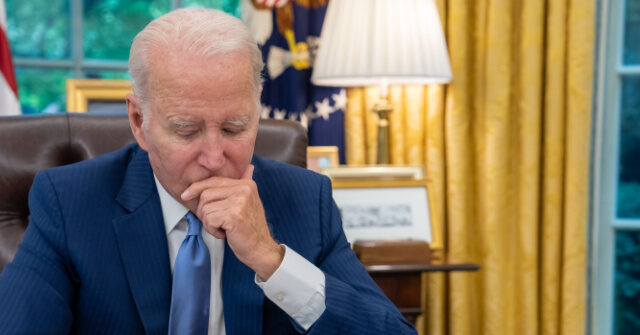In a recent segment on Fox News Channel’s “The Story,” White House National Security Communications Adviser John Kirby addressed concerns surrounding unidentified drones appearing over oceans, particularly in relation to their potential threat. Kirby explained the administration’s cautious stance regarding the decision to shoot down these drones, emphasizing the need for thorough policy development grounded in existing knowledge. He explained that without adequate information about the drones’ nature or purpose, taking aggressive action such as shooting them down could lead to unintended consequences, especially in populated areas.
During the conversation with host Martha MacCallum, Kirby underscored that public safety is a paramount consideration in making any decisions about the drones. He highlighted the potential dangers involved with shooting down an unidentified object, which could lead to debris falling in residential areas or causing harm to individuals. This assertion reflects a broader commitment to cautious engagement with unidentified aerial phenomena, suggesting that understanding the true nature of such threats is essential before any military action is taken.
MacCallum, seeking clarification, mentioned reports from the Coast Guard indicating that numerous drones were tracking their ships. This new information led her to question whether the situation justified taking more immediate action. Kirby reiterated that even with reports of multiple drones, the administration requires a better understanding of the situation before making decisions. He emphasized the importance of data and conclusive understanding in forming a viable response strategy, revealing the complexities surrounding the issue of unidentified drones and their activities.
Kirby conveyed his and the administration’s frustration over the lack of clarity surrounding these drones, recognizing the public’s eagerness for information. He assured viewers that efforts are ongoing to gather data and will be communicated to the public as soon as possible. This transparency was positioned as a necessary approach to assure citizens amid rising anxiety regarding potential drone-related threats. The exchange highlighted how necessary it remains to balance national security concerns with the public’s right to know about potential risks.
The dialogue underscores a broader debate about military readiness and strategic response to unidentified threats in U.S. airspace and surrounding waters. Kirby’s responses indicate not only an intention to proceed with caution but also a recognition of the evolving nature of aerial threats that may not fit traditional frameworks. The administration’s approach appears to be one of careful monitoring and analysis, aiming to mitigate risks without escalating tensions unnecessarily.
Overall, the segment reflects a multifaceted approach to addressing concerns about unidentified drones. Kirby’s emphasis on safety, public communication, and the need for informed policy responses highlights the administration’s commitment to a thorough evaluation process before engaging in any potential military action. As the situation develops, both the government and the public will likely continue to grapple with the implications of these mysterious drones and the responses deemed appropriate under the circumstances.

